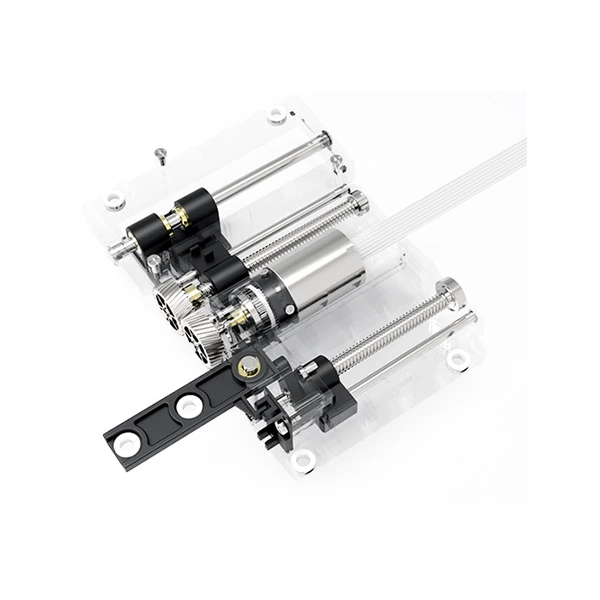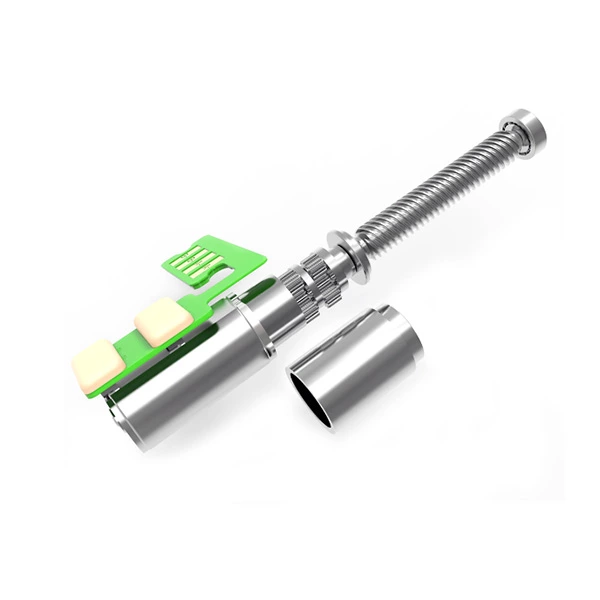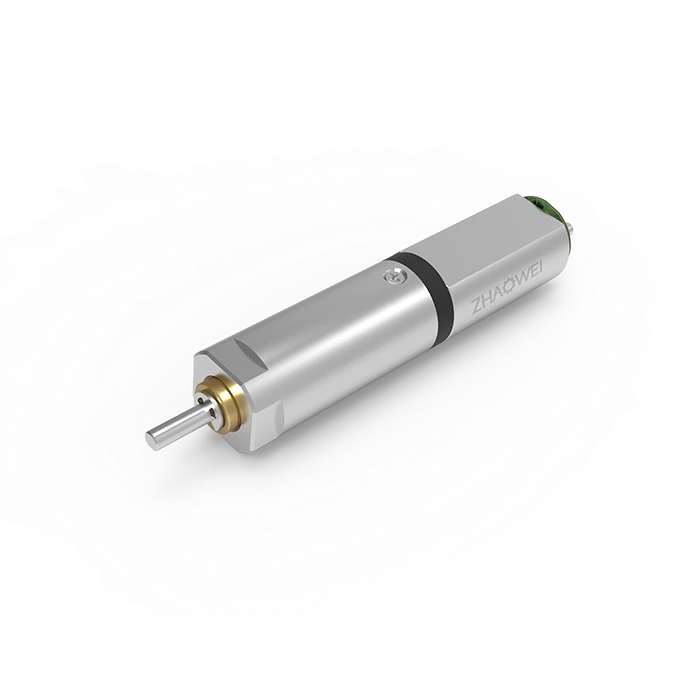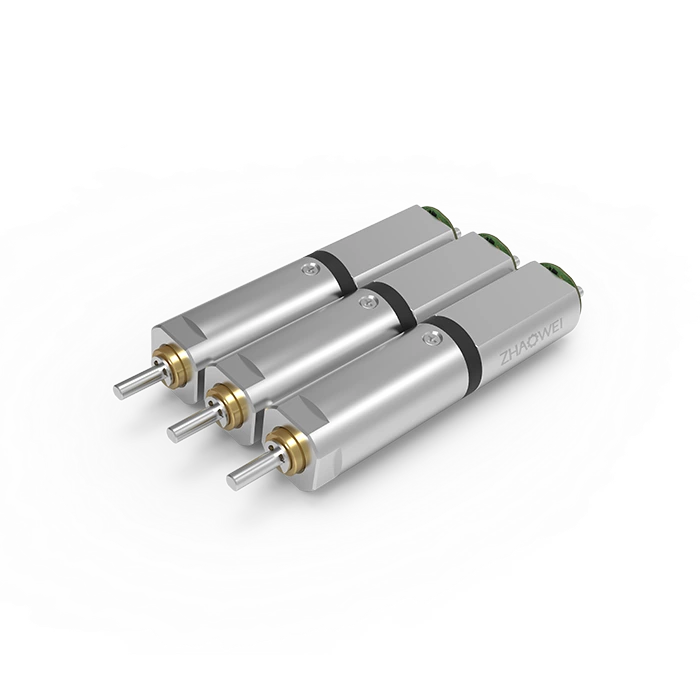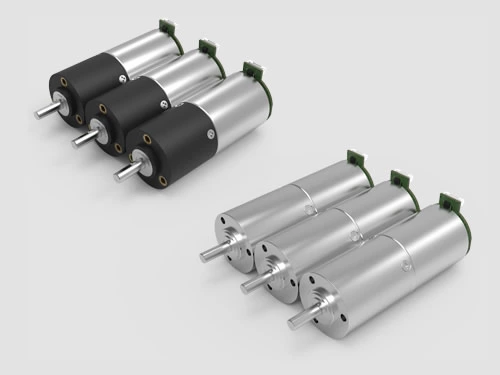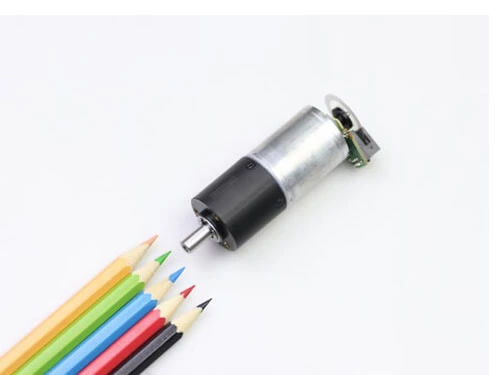Common Causes of Gear Failure
When a gear is damaged while running, it can lose its ability to function normally. This is known as gear failure. There are many types of gear failure, but it’s worth noting that if the gears of geared motors are made with high quality material, gear failure can be reduced to a certain extent.
Commonly seen causes of failure are as follows:
1. Tooth surface wear
During gear transmission, sliding occurs between the engaging tooth surfaces. When the gear is under stress, this sliding causes wear on the tooth surface. Wear will eventually destroy the shape of the tooth surface, resulting in unstable transmission. This wear also causes the gear teeth to become thinner, resulting in an increase in tooth side clearance and a decrease in tooth hardness.
2. Broken gears
During the meshing process, the bending torque at the root of the gear is alternated. Fatigue cracks are most likely to occur at this point, which can result in the breaking of gear teeth. The failure of the gear teeth is called gear tooth fatigue failure. Another type of gear breakage is known as a sudden break which occurs when the gear is overloaded for a long time or subjected to an excessive impact load. This is also called an overload failure.
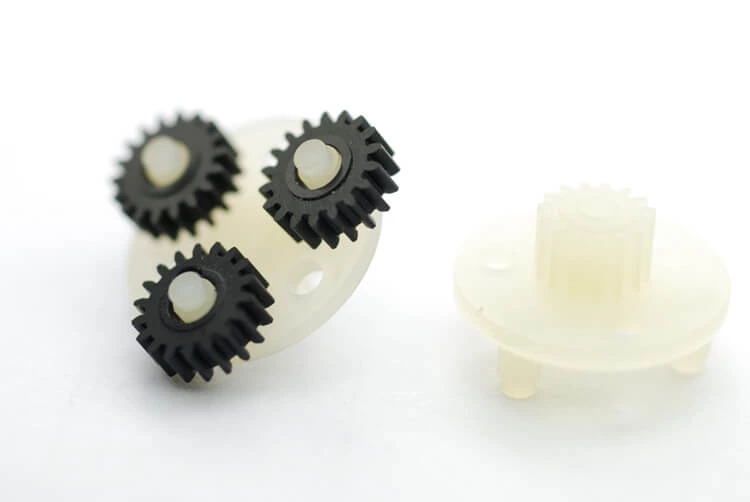
3. Tooth plastic deformation
Under low-speed and heavy-duty working conditions, the tooth surface of the gear is subjected to a large amount of pressure and friction. Due to these forces, the local tooth surface of the softer gear may produce plastic flow, causing groove or convexity on the tooth surface, thereby destroying the tooth profile of the gear and weakening its ability to run normally. This form of gear failure is referred to as plastic deformation of the gear teeth.
4. Pitting in gear surfaces
When the meshing surface is repeatedly subjected to contact pressure for long periods of time or at a high level of force, it will result in minute fatigue cracks on the tooth surface. As the gear continues to work, the cracks will continue to expand along the surface, causing small pieces of metal to peel off the tooth surface, forming pittings and spots. This form of failure that occurs on the tooth surface is called gear pitting. It mostly occurs in closed-gear transmissions with good lubrication.
5. Tooth surface glue
In high-speed heavy-duty closed-gear transmission, it is harder to achieve lubrication of the tooth surface, and the meshing surface generates a high local temperature under the heavy load which causes them to bond together. When the gear continues to move, it is torn by the softer tooth surface. This type of tear of the groove is caused by part of the metal material. Failure due to the bonding and tearing of the gear tooth surface is called gear tooth surface glue. It frequently occurs in closed worm drives.







